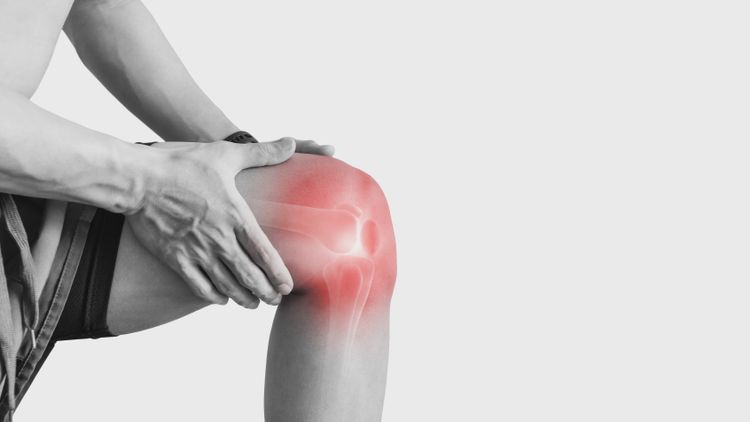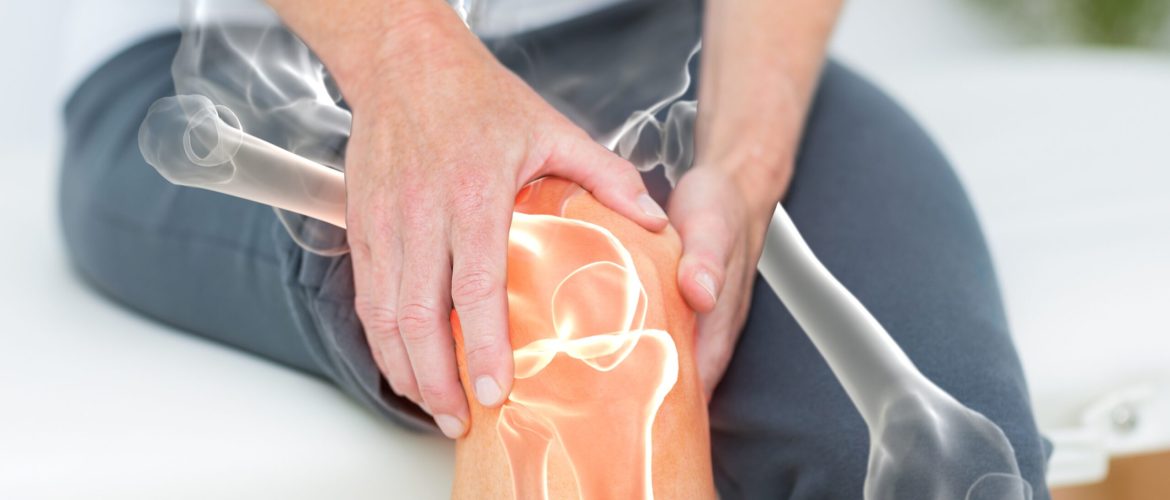Introduction
In today’s fast-paced world, joint pain is no longer just a problem for the elderly. Thanks to changing lifestyles, even young adults are increasingly suffering from knee, hip, and shoulder issues. Whether it’s arthritis, sports injuries, or age-related degeneration, joint disorders can significantly affect one’s quality of life. But here’s the good news: modern orthopaedic innovations are transforming the way joint treatments are carried out.
Gone are the days of prolonged hospital stays and uncertain surgical outcomes. Today, advanced technologies like robotic-assisted surgeries, biologic therapies, customized implants, and minimally invasive techniques are delivering faster recovery, greater precision, and improved patient satisfaction.

In this blog, we’ll explore:
- The latest breakthroughs in orthopaedic joint treatment
- How robotic technology is redefining joint replacement
- Benefits of minimally invasive surgery
- Innovations in joint preservation and biologic therapies
- The role of personalized implants and 3D printing
- How to choose the right orthopaedic surgeon
- And much more!
Let’s dive into the future of joint care and how it’s making pain-free mobility possible again.
Robotic-Assisted Joint Replacement: A Game Changer

What Is Robotic Surgery?
Robotic-assisted surgery uses advanced technology to enhance the surgeon’s ability to perform complex joint procedures with high precision. It doesn’t replace the surgeon but acts as a smart assistant, offering real-time imaging and guidance.
Benefits to the Patient:
- Higher precision: Implants are aligned more accurately.
- Less tissue damage: Muscles and ligaments are preserved.
- Quicker recovery: Patients can walk the same or next day.
- Reduced pain: Smaller incisions and less trauma to the joint.
Robotic knee and hip replacements have shown excellent long-term results, with fewer complications and a faster return to normal life.
Minimally Invasive Surgery: Less Is More
Minimally invasive orthopaedic surgery involves smaller incisions, reduced muscle cutting, and quicker healing.
Why It Matters:
- Smaller scars
- Reduced hospital stay
- Faster return to daily activities
- Lower risk of infection
Procedures like arthroscopy allow surgeons to repair damaged cartilage, ligaments, or joints with minimal disruption, making it ideal for active individuals and athletes.
Biologic Therapies: Healing from Within
Biologic therapy refers to using the body’s own cells or biologically derived substances to heal damaged tissues.
Popular Treatments Include:
- Platelet-Rich Plasma (PRP): Platelets from your own blood are injected into the affected joint to stimulate healing.
- Stem Cell Therapy: Regenerative cells help rebuild cartilage and reduce inflammation.
- Viscosupplementation: Hyaluronic acid injections improve joint lubrication and relieve pain.
These therapies are especially helpful for early to moderate osteoarthritis and can delay or even avoid surgery.
Joint Preservation Techniques: Avoiding Replacement
Sometimes, replacing a joint isn’t the first option. With new preservation strategies, patients can retain their natural joints longer.
Key Options Include:
- High Tibial Osteotomy (HTO): For younger patients with knee arthritis in one compartment.
- Meniscus repair instead of removal: Preserving knee function and reducing future arthritis.
- Cartilage regeneration procedures: Like microfracture or matrix-assisted chondrocyte implantation (MACI).
Preservation is often recommended for active individuals under 60 who wish to delay total joint replacement.
Personalized Implants and 3D Printing
Every patient is different—and now, so are their implants. With advanced imaging and 3D printing, orthopaedic surgeons can create implants specifically designed for your anatomy.
Advantages of Custom Implants:
- Perfect fit for better alignment and longevity
- Improved comfort and function
- Reduced complications and revision rates
This is particularly helpful in complex or revision surgeries where standard implants may not suffice.
Recovery Revolution: Better Outcomes with Modern Rehab
Treatment doesn’t end in the operating room. Rehabilitation plays a vital role in restoring function and mobility.
Modern Rehabilitation Includes:
- Early mobilization techniques
- Wearable tech for progress tracking
- Virtual physiotherapy sessions
- Pain management without overreliance on opioids
Patients today are empowered with tools and support that make recovery faster and smoother than ever before.
Choosing the Right Orthopaedic Surgeon Matters

While technology is crucial, the success of any joint treatment depends heavily on the expertise of your orthopaedic surgeon.
Look for a Surgeon Who:
- Specializes in joint preservation and replacement
- Has experience in robotic and minimally invasive techniques
- Believes in patient education and personalized care
- Is up to date with the latest innovations
Meet Dr. Kunal Makhija: Your Trusted Orthopaedic Surgeon
Dr. Kunal Makhija’s approach is centered on providing personalized, patient-focused care. With a passion for improving the lives of his patients, he offers the best possible treatments backed by years of experience. If you’re looking for an expert in robotic knee replacement surgery and hip replacement surgery, Dr. Kunal Makhija is the surgeon you can trust for top-quality care and optimal results.
Whether you are considering surgery or exploring joint preservation options, Dr. Makhija will guide you through every step—from diagnosis to recovery—with compassion and clarity.
Consultation Details
Clinic Name: Patel Clinic and Orthopaedic Centre
Address: Kuber Apartment ‘A’, Joshi Ali Road, near City Police Station, Panvel, Navi Mumbai – 410206.
Phone: +91 85913 99962 | +91 87673 02801
Email: [email protected]
For appointments and inquiries, feel free to call or email. Dr. Makhija’s clinic is equipped with state-of-the-art facilities for accurate diagnosis and advanced treatment solutions.
FAQs
1. Is robotic surgery safe for joint replacement?
Yes, robotic surgery is FDA-approved and enhances surgical precision. It’s safe and often leads to faster recovery and better outcomes.
2. How long does it take to recover from robotic knee replacement?
Most patients start walking within a day or two and can resume daily activities in 4–6 weeks, depending on overall health and physiotherapy.
3. Are biologic therapies a permanent cure for arthritis?
No, but they can significantly reduce pain and slow down progression, especially in early stages. They may help avoid or delay surgery.
4. What is the best age for knee or hip replacement?
There’s no fixed age. If joint pain interferes with your daily life and other treatments have failed, it might be time—regardless of age.
5. Are personalized implants better than traditional ones?
Yes, they offer a tailored fit, which can improve comfort, joint function, and reduce the need for revision surgeries.
Conclusion
Orthopaedic care has entered a new era—one that prioritizes precision, recovery, and quality of life. With innovations like robotic surgery, biologic therapy, and custom implants, joint treatment has never been more effective or patient-friendly.
If joint pain is affecting your daily routine, don’t wait. Seek guidance from a trusted orthopaedic surgeon like Dr. Kunal Makhija, who combines advanced technology with compassionate care to help you regain pain-free mobility and live your life to the fullest.
